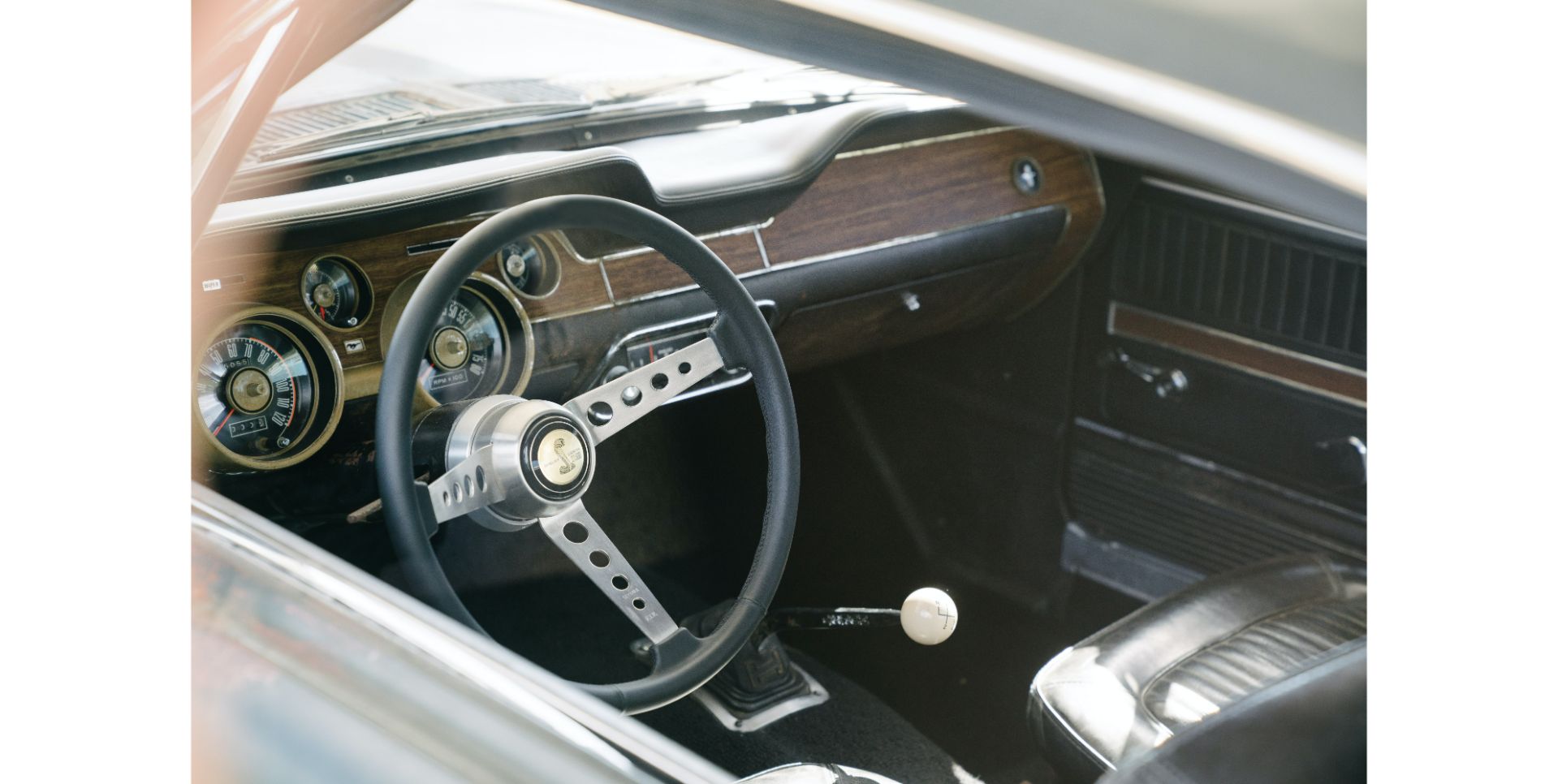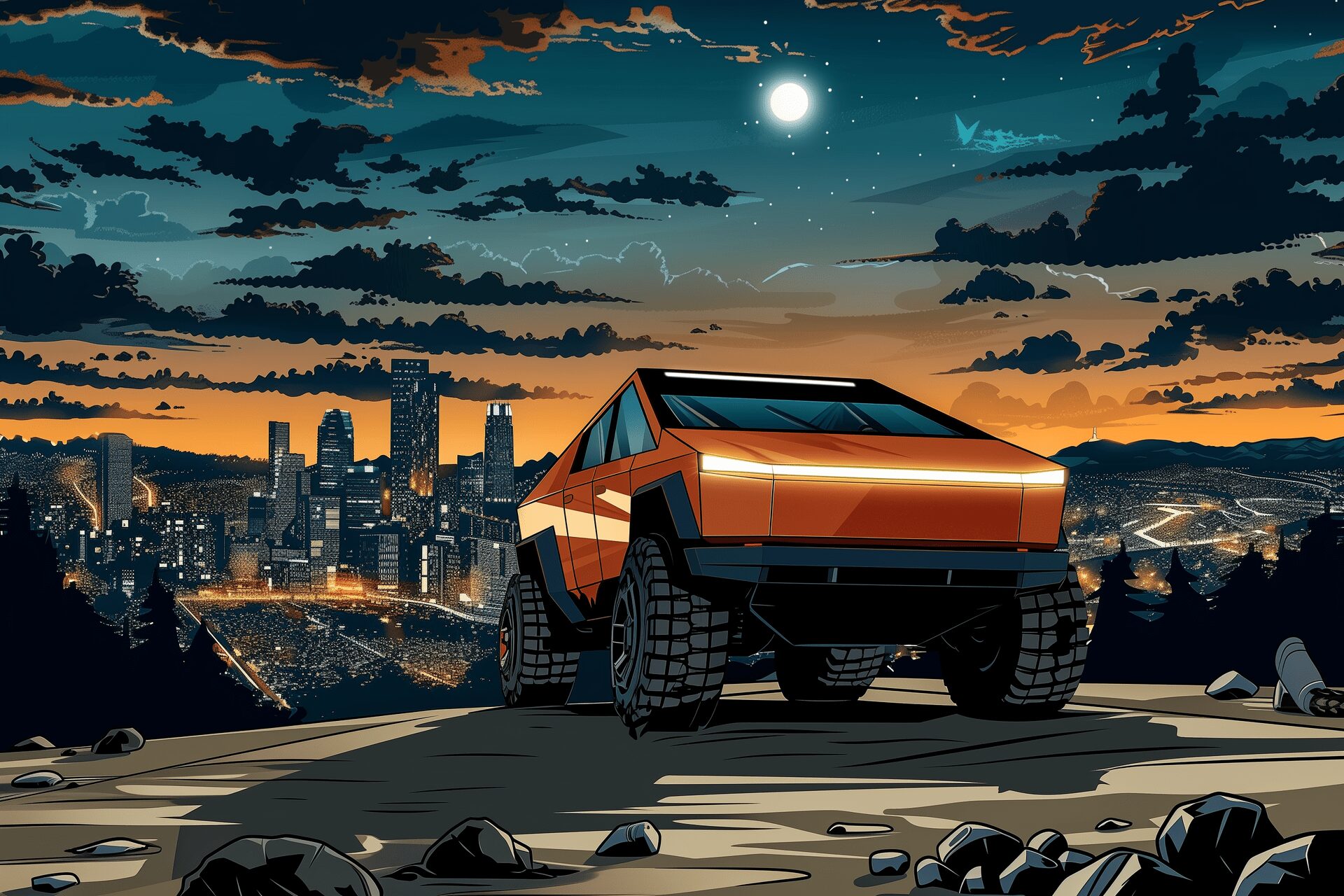How to Drive Stick Shift Cars in 7 Easy Steps
Feb 03, 2023

As an Amazon Associate, Modded gets commissions for purchases made through links in this post.
Knowing how to drive stick shift cars – also known as manual vehicles – is an important skill to have. Not all cars have automatic transmissions, and there might come a day when you have to drive a manual. That’s why you should be familiar with both types of vehicles and their intricacies. Let’s go over how to drive stick in seven easy steps.
1. Know Your Pedals
First, you need to know your three main pedals. Manual vehicles require you to drive with the clutch, brake and accelerator, while automatics only have the brake and accelerator. The clutch is the pedal that enables you to switch gears, while the other two pedals operate the same way as usual.
When you’re first learning how to drive stick, it will be difficult to press on the right pedal sometimes. You’ll be focused on the road ahead and might accidentally press the brake instead of the clutch. These mistakes are normal. To simplify things, keep your left foot hovering over the clutch at all times and use your right foot for the other two pedals.
2. Memorize the Gear Shifter
The other object you need to familiarize yourself with is the gear shifter. Most manual transmission vehicles are five-speeds, which means their shift knobs look like this:
Again, you might make some mistakes when shifting gears at first. It’s common to switch into third gear instead of first gear, and vice versa. If you’re ever unsure about which gear you’re in, switch back to neutral. Many people who know how to drive stick will actually switch to neutral when coming to a stop instead of downshifting through all of the gears.
3. Start the Car — The Manual Way
Starting a stick shift car is a little different than starting an automatic. Instead of pressing on the brake and turning the key, you need to step on the clutch and brake to start it. You also have two options: start in first gear or start in neutral. Most people prefer to start in neutral because they don’t have to worry about stalling the engine. If you release the clutch too quickly while in gear, the engine will stall and your car will lurch forward.
4. Put the Car in Gear
Once you start the vehicle — we recommend starting in neutral – you need to put the car in gear. Shift into first gear and slowly take your foot off the clutch as you press on the gas. This balancing act between the clutch and accelerator is the hardest part of learning how to drive stick. Beginners tend to release the clutch too fast or slow, as we said before.
It’s best to start in a wide parking lot where you can practice switching between the lower gears. Once you learn how to shift between the first three gears, you’ll be able to drive on most roads. Believe it or not, but highway driving is easier for manual cars than driving on side streets because you don’t have to constantly switch gears due to red lights, stop signs and other obstacles.
5. Experiment With the Clutch
Experimenting with the clutch is a huge part of driving stick. Every manual car’s clutch pedal is a little bit different. Older models tend to have heavier clutches, while new models don’t require much foot pressure to activate the clutch. You have to find the “sweet spot” that makes shifting gears easiest on the engine. You’ll know it when you find it.
6. Listen to the Engine
The key to mastering manual transmission vehicles is simple: listen to the engine. The sounds of the engine will tell you how efficiently you’re switching gears. If the engine revs loudly every time you switch gears, you’re taking your foot off the clutch too fast. If it makes normal acceleration noises, you’re doing great.
You should also keep a close eye on the RPMs on your dashboard. As a general rule, you should switch gears once you cross the 3000 RPM threshold. This strategy ensures that you don’t put too much strain on the engine in the lower gears. There’s technically nothing wrong with releasing the clutch too slowly, but your acceleration will decrease because of it.
7. Practice, Practice, Practice
As with any semi-challenging task, learning how to drive stick requires practice. You won’t get better by watching or reading tutorials. You need to get behind the wheel and feel the gears and pedals for yourself. Here are a few other pointers to keep in mind during your first few practice sessions:
- Avoid steep inclines until you’re comfortable with the vehicle.
- Practice as many stop signs as you can to get a feel for stop-and-go traffic.
- If you stall, don’t panic. Stay calm and restart the vehicle. Even the most experienced manual drivers stall on occasion.
These seven steps cover all the basics of driving manual transmission vehicles. It’s not as complicated as manual enthusiasts make it out to be. It undoubtedly requires more focus and skill, but anyone can master it in just a few weeks.





